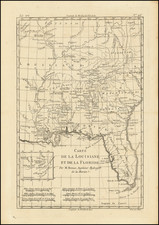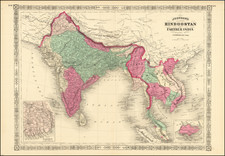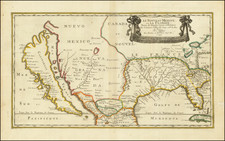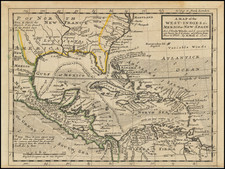Rare early map of the English Settlements in Virginia, which appeared in the Relations Historiques, a serial publication first issued by Jacobus Francus in 1595.
The upper half of the map shows four settlements in Virginia, including Iacque Ville (which is believed to be Jamestown), two fortifications to the East (Fort Henry and Fort Charles, which had been built by Lord Delaware), and Statt Henry Ville (which is believed to be Henrico). As noted by Philip Burden:
In September 11, Sir Thomas Dale, ... Governor of Virginia, travelled up the James River with 350 men and founded [Henrico]. He had left only fifty men behind at Jamestown under the command of George Percy. Dale claimed that Henrico was better built than Jametown and before long was flourishing. . .
The symbolic content of the map is consistent with the early settlement of Henrico, including Dale's claims that it was a better townsite and the active cultivation of the the neighboring lands. At the right (west) side of the map, a row of armed soldiers demonstrates the fortification and defense of its western perimter.
Formed originally as Henrico Shire, and shortly thereafter termed a "county," Henrico County was named for Henricus, a community founded in 1611 by Sir Thomas Dale. During the Indian Massacre of 1622, the chief Opechancanough led the Powhatan Confederacy against the English settlements to try to expel them from the territory; at which time a group of warriors destroyed Henricus.
The modern site of Henrico has been the subject of great archaeological intrigue. The Union Army cut a canal through the probable location during the Civil War, which may have destroyed any remaining evidence of the site. Archeologists located the original site of Henricus late in the 20th Century. The townsite was located on the south side of the James River (across from the original site of Varina, in Chesterfield County).
The present example differs from the example identified by Burden, in that it lacks printed page numbers in the top and bottom right corners. The present example has a manuscript number in the bottom right.














![[Rare First State] Novissima Tabula Regionis Ludovicianae Gallice dictae la Louisiane . . .](https://storage.googleapis.com/raremaps/img/small/72622.jpg)